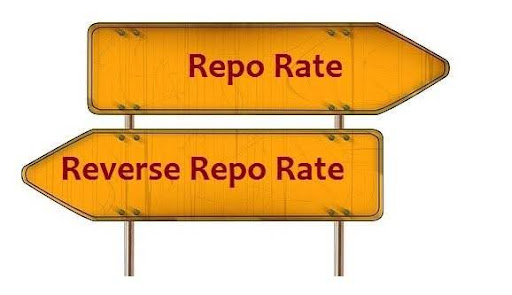A Beginner’s Guide on How to Understand the “Reverse Repo Rate” in 2024
results in higher interest rates on home loans.
On the other hand, when the reverse repo rate is low, the banks’ cost of borrowing reduces, and they can offer a lower interest rate on home loans. Hence, if you are planning to apply for a home loan, it is essential to keep an eye on the reverse repo rate as it directly affects the interest rates on housing finance products.
Impact of Reverse Repo Rate on the Home Loan Process
Apart from the interest rate, the reverse repo rate also has a significant impact on the home loan process. Let us take a look at some of them.
Loan Eligibility: The reverse repo rate has a direct impact on your home loan eligibility. When the reverse repo rate is high, the interest rates on home loans increase, making it difficult for borrowers to repay the loan. Hence, banks and other housing finance companies become cautious and may offer a lower loan amount or increase the downpayment required to approve the loan.
Loan Tenure: The higher the interest rate, the longer it takes to repay the loan. When the reverse repo rate is high, housing finance products’ interest rates are also high, resulting in longer loan tenures. Conversely, when the reverse repo rate is low, the interest rates on home loans are lower, and borrowers may opt for a shorter loan tenure, which means they can repay the loan quickly.
Loan EMI: The reverse repo rate also affects the Equated Monthly Installment (EMI) payments for housing finance products. When the interest rates are high, the EMI payments also increase, and borrowers may have to pay a higher amount every month. In contrast, when the reverse repo rate is low, the EMI payments are also low, making it easier for borrowers to repay the loan.
How to Check Reverse Repo Rate?
Checking the reverse repo rate is easy, and you can find it on the RBI website. The RBI announces the reverse repo rate after each Monetary Policy Committee (MPC) meeting. You can check the reverse repo rate, along with other policy rates, on the RBI’s website under the “Monetary Policy” section.
Conclusion
In conclusion, the reverse repo rate plays a crucial role in the Indian economy and affects various aspects of housing finance, including the home loan process. As a borrower, it is crucial to understand the reverse repo rate and keep track of it as it directly affects the interest rates and loan eligibility criteria. By understanding the reverse repo rate, you can plan your finances and make informed decisions while taking a home loan.



